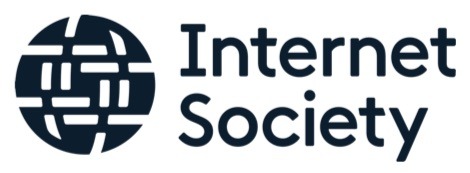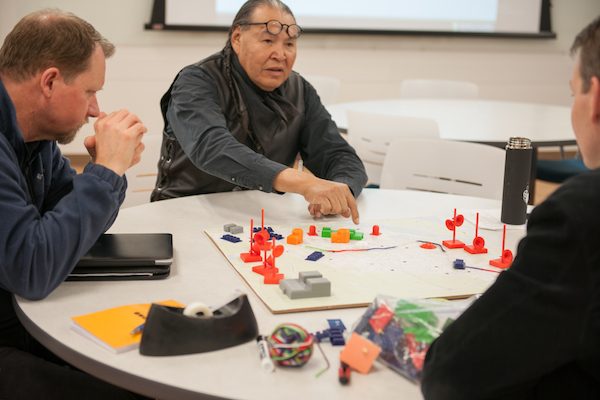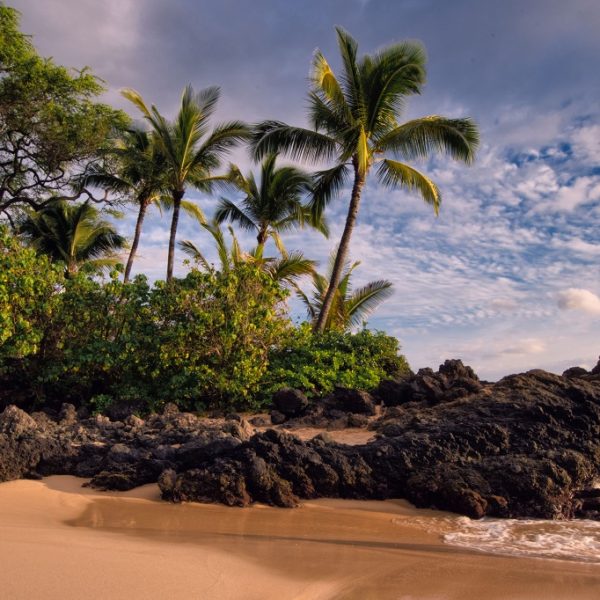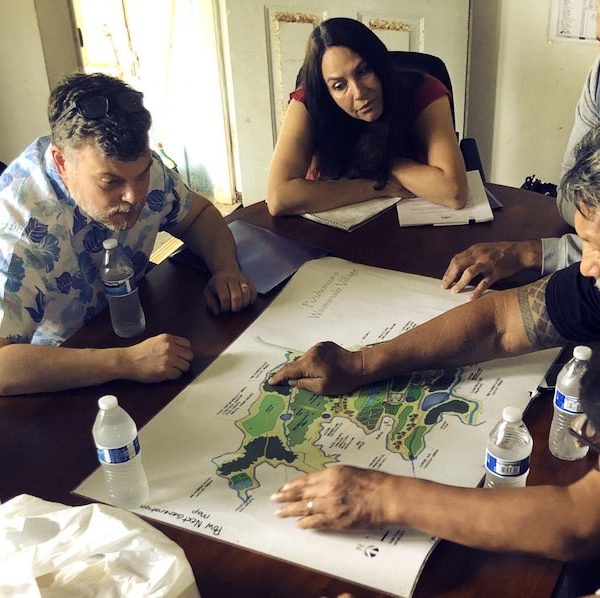Each year, the Indigenous Connectivity Summit brings together community network managers and operators, Indigenous-owned Internet service providers, community members, researchers, policy makers and Indigenous leaders. We discuss ways to ensure Alaska Native, American Indian, Inuit, Native Hawaiian, First Nations and Métis communities have affordable, high-quality and sustainable Internet access, and talk about how it can support social and economic development.
The Summit provides practical, hands-on training to help Indigenous communities connect to the Internet to and creates opportunities to build relationships and share useful knowledge and experience.
This year’s event took place virtually from 5-9 October.
Pre-Summit trainings
In keeping with last year’s summit, the Internet Society offered two pre-Summit trainings: Policy and Advocacy, and Community Networks.
These programs were designed to prepare passionate leaders to advocate for and articulate the digital policy needs of Indigenous communities around the region and learn to build connectivity solutions that meet the needs of their communities. Training took place in the weeks ahead of and throughout the summit.
During Policy and Advocacy Training, participants worked together to create a set of policy recommendations that would guide advocacy efforts through the coming year. The recommendations were then endorsed by the participants at the summit. This year’s recommendations address six crucial areas: effective and accurate mapping; inclusivity, community consultation, engagement; capacity building in Indigenous communities; spectrum rights and sovereignty; infrastructure and ownership; and, affordability.
During the Community Networks hands-on technical training, participants were able to learn to crimp ethernet cables online.
The recordings and resources of this year’s trainings are now available:
Image credit: © Angela Gzowski







